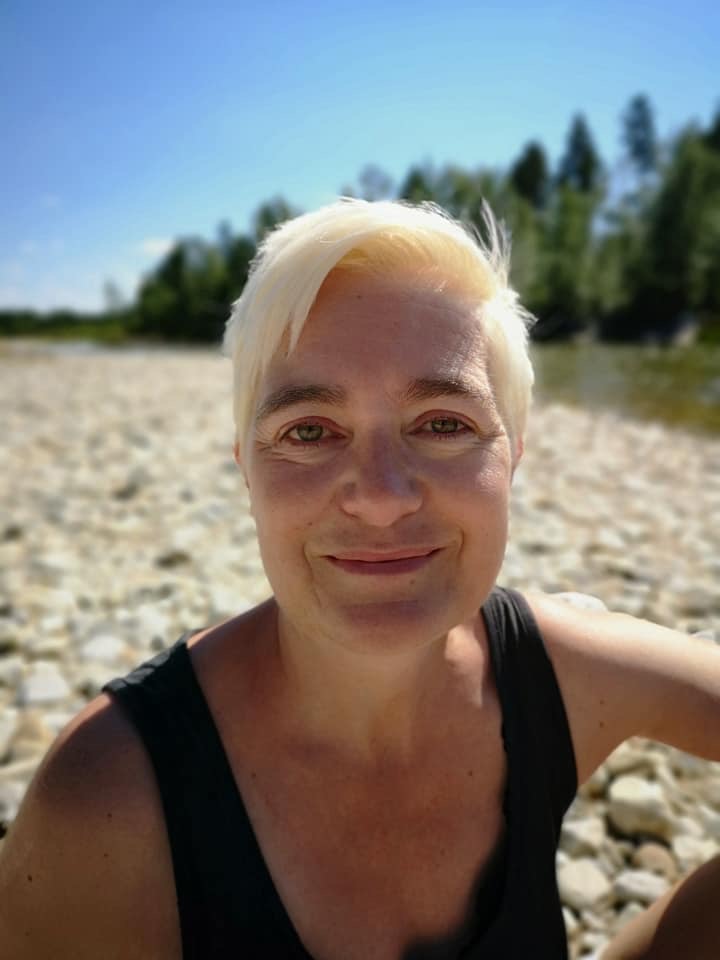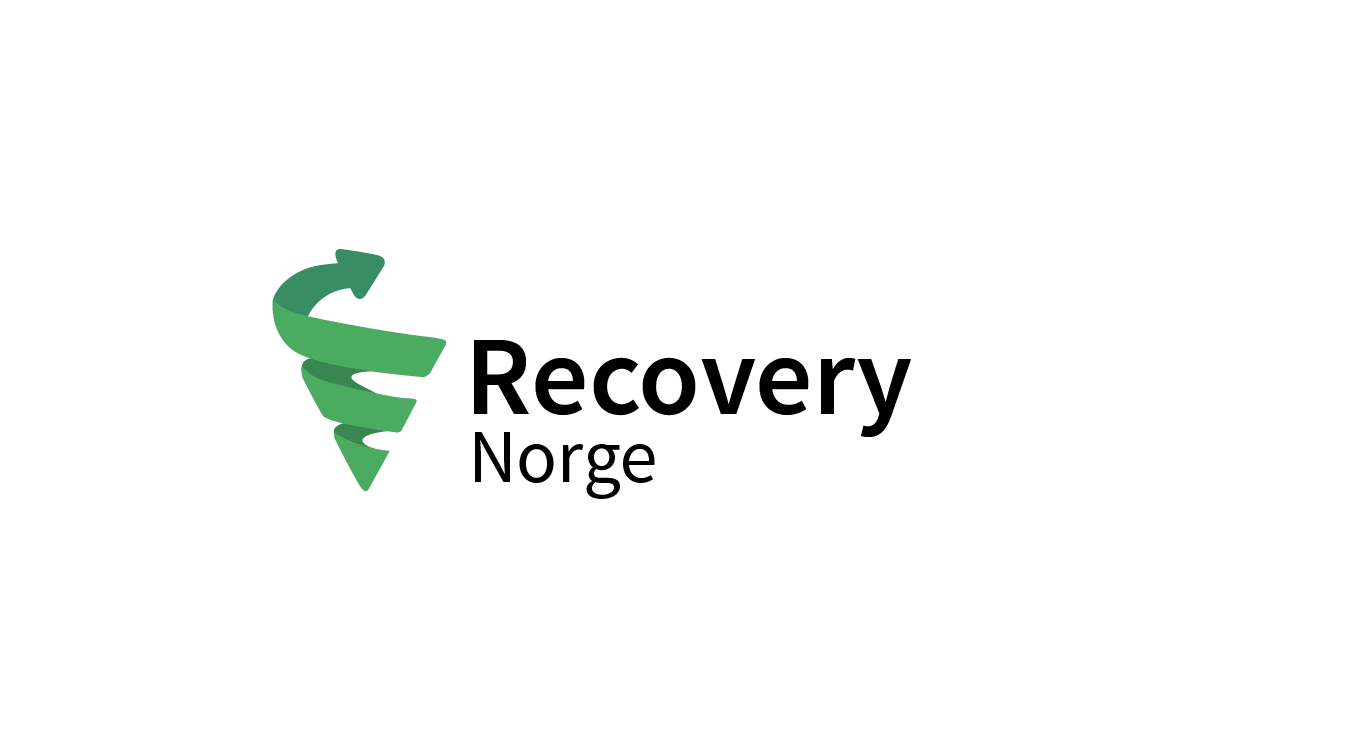Author: Lise Bauck
I had all the symptoms that I have later understood to be common for chronic fatigue syndrome or ME, such as sensitivity to light and sound, serious pain in muscles and joints, pain in my gut – even my skin hurt. I couldn’t think or keep a proper conversation going. I felt nauseated and dizzy even when lying down, and so tired that I had to crawl to and from the bathroom.
Trapped in an exhausted body
I felt really ill, and trapped in a body that I didn’t recognize, where everything was pure exhaustion. It was as if I constantly had a machine running inside of me at top speed. I tried resting and sleeping, but just couldn’t relax. I lay there in a weird limbo between extreme fatigue and an internal hyperactivity.
The first half year was spent undergoing thorough medical examinations that showed that I didn’t have cancer, epilepsy, benign positional vertigo, heart disease, hormonal imbalances, autoimmune disease, or a neurological disorder. I should have been healthy as a horse.
It did not make sense
I searched frantically for explanations for what was happening to me, and quickly ended up on the website of the Norwegian ME Association with its lists of symptoms and criteria, dos and don’ts, and warnings. In a way, it was nice to recognize my own condition in their descriptions. This provided a sort of answer. At the same time, it frightened the living daylights out of me. I too had read about those people who lie in dark rooms for years, totally dependent on help from others. I thought: «Oh my God! Is this going to be my life from now on? Am I going to live like that?»
I couldn’t see how I was supposed all of a sudden to have a kind of infection in my brain or my nervous system
But then I read the reasoning behind the advice on the ME Association´s website and couldn’t quite make sense of it. I couldn’t see how I was supposed all of a sudden to have a kind of infection in my brain or my nervous system, or suddenly have gotten an autoimmune disease that couldn’t be registered on tests. I simply didn’t believe it. And the idea that one could recover by lying still and resting and doing nothing went against everything I knew as a health professional about neurology and physiology and theories of training – everything I knew about how our body works and all my experiences. I thought: «I don’t get this at all. This is not logical to me».
A recipe for recovery?
However, there were so many who told me to lie completely still and do as little as possible. I had to rest and shield myself from all stimuli, because if I did too much I would get worse and maybe even prolong the illness by years. And it would be my fault. It was hard to find anything that gave me hope at this time, and I was constantly afraid of doing something wrong.
I recognized the way he was describing his illness, and understood that he had found something that worked
After a while I stopped visiting those websites. I just felt they were keeping me down. Instead I started looking for a way to get better – recovery stories. It wasn’t easy. In the end I found one story, a newspaper interview with the Norwegian football player Arild Berg who had had ME and recovered. I read it and totally understood what he was talking about. I thought: «This is like a recipe for recovery». I recognized the way he was describing his illness, and understood that he had found something that worked. It made me really hopeful and curious, so I kept digging. Online I found the model of the Norwegian ME-researcher Vegard Bruun Wyller, dealing with how stress takes hold of the body and becomes self-reinforcing. I could see how that would influence the body physiologically down to the cellular level, and I felt it made sense. I could understand this. And not least: «This I can use. Now I know what to do!»
System error!
I had had many big challenges in my life for years, and this combined with serious pain, long term sleep deprivation, and a viral infection had put my body in a state of emergency that it couldn’t switch off. It was a kind of system error making my brain interpret all activity both physical and mental as ‘too much’ and ‘dangerous’. I understood that I had to both calm my body down and at the same time ‘convince’ my brain that it was no longer under threat.
As the bodily symptoms were so overwhelming and completely dominated my days, I started there. I did the few activities I could during the day, and rested a lot in between. I figured that since I had pushed myself way too hard for years, I now had to allow myself to do very little for a long time. That it was ok not to feel up to more than that, and that it would get better in time. I also knew that I would not stay here at this level.
Started walking
I got sick in the summer, and at New Year’s Eve I gave myself a symbolic gift: I would start walking. My goal was to be able to go hiking in the woods again, and that meant I had to train myself for it. I thought I would walk a short portion of the way around my block, about 100 meters, and I started January 1st.
While walking, all the symptoms came as expected; I got dizzy and nauseated and dragged myself unevenly forward like a drunk, and my entire body was in pain. But I kept holding on to the belief that my body had sort of gotten all mixed up – that it overreacted and misinterpreted everything in its constant state of emergency. It made sense that I had to help it understand that walking was totally fine and not ‘dangerous’. I kept walking and talked to myself. Out loud. “Ok, now I’m getting dizzy, and I’m feeling ill, but that’s because I’m getting tired. It is not dangerous to be tired and not dangerous to get dizzy. It’s fine, this is not dangerous.” This kind of positive self-instruction was inspired by articles about mental training that I had read before getting sick.
It made sense that I had to help it understand that walking was totally fine and not ‘dangerous’
That is how I walked around talking to myself, feeling absolutely ridiculous! But I finished the route I set out to walk with the same distance and speed every day for weeks. After 3 weeks, I was no longer getting symptoms. I kept going for another week just to make sure it was ok, and then I increased my exercise to 200 meters and kept that up until it no longer made me sick, before increasing again to 300 meters. After 6 months I was walking around the entire block, a walk of about 1,3 kilometres. It felt like winning a marathon!

Defied discomforts and pains
If I had let my symptoms stop me, if I had allowed myself to fear them, I would never have been able to continue. But I was so certain that the key was to get used to physical exercise again, and that these reactions were not ‘dangerous’, so that I defied all discomforts and pains. I could, after all, tell that it was working, but it took a lot of willpower and even pure spite to cross the serious hurdles that these bodily reactions were. The interesting thing was that the time it took before I could increase my distance to the next level, slowly decreased. It wasn’t a full 3 weeks, but a few days less than that, before I could raise the bar again. It seemed like my body was learning that this work was ‘safe’. That it was fine. That it could take a bit more and a bit more.
I think it has a lot to do with understanding our bodies’ reactions and not fearing them
If I had listened to those who told me that I must never overexert my body because I would only get worse, then I would have interpreted these bodily reactions as proof of how dangerous it was to move around, and that it was making me sicker. I think it has a lot to do with understanding our bodies’ reactions and not fearing them, but rather seeing them as teaching tools: “Ok, now my body is telling me that this is a bit too much, so I know that for next time”.
Exercising like before
I am now exercising like I was before my illness, and I can go on long hikes in the woods. I am a bit more careful than I used to, and I can’t handle as much negative stress or the kind of high-pace lifestyle I had before I got sick, but it was those things that made me sick in the first place, so that might be a good thing. My body is no longer holding me back in my daily life, and I have used the same principles from before to get used to sensory stimuli as well – slowly increasing them. Use of sunglasses and headphones has helped. My cognitive stamina has been trained in the same way by first reading poetry, then short stories, to now being back to reading newspapers, books and research papers again.

I know that if I had let my fear of my body’s reactions control me I would still be bedridden, and the illness would have been both my work and my life. Instead I am living a good life and I am on my way back into the workforce.
This text was first published on Recovery Norway’s Facebook page in April 2018.
